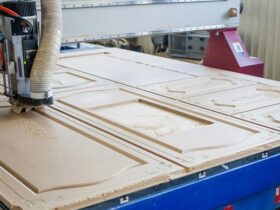In any suburban village there are places that require special improvement. In order to ennoble the terrain, it is best to use special road slabs series. Most often they are used for pedestrian paths and entrances to private houses. Also, a road slab is laid between several cottages on one common street. You can make such material yourself, but for this you will need certain skills and equipment.
We study the marking and types of road plates
Before talking about any practical moments, we will determine the types of road plates. You should be interested in two types – for constant operation and for temporary installation.
In shape, the road plate is available in the form of a trapezoid, hexagonant and square (or rectangle) – for example, brand PD 6. Before choosing a plate, pay attention to the following designations:
PB – a slab with one side located on the long side of the product.
PBB – two sides located on the short sides.
But these markings are used only for hexagonal plates:
PDSh – hexagonal product with orientation (position) diagonally.
PSHP – a stove with a transverse position.
DPSh – the product is divided into two equal halves diagonally.
PPSh – transverse division.
Remember that the standard iron plate withstands from 10 to 35 tons of load. For example, PDN 18 labeling means that you have acquired a road plate with a specific intense reinforcement and a maximum load of 18 tons.
As a standard coating, PD plates are used (road). The so -called airfield smooth plates, or pag are considered more practical and cheap. Their main advantages is a corrugated surface that increases the strength of the product by several times. For their manufacture, brand concrete mixtures and special reinforcement with an enhanced frame are used.








